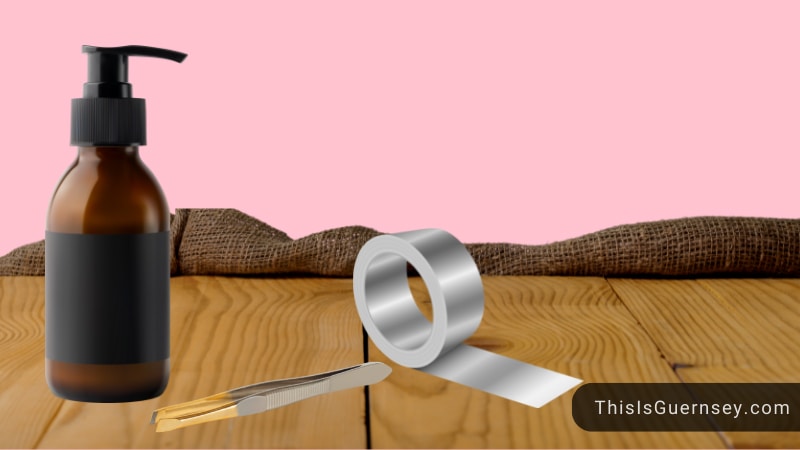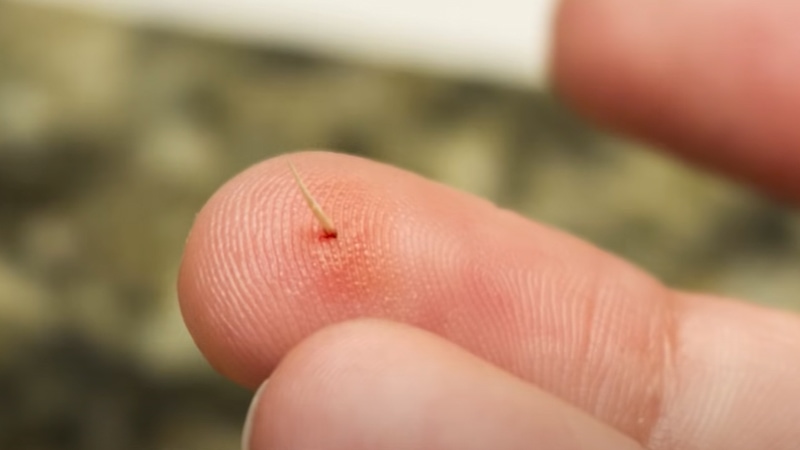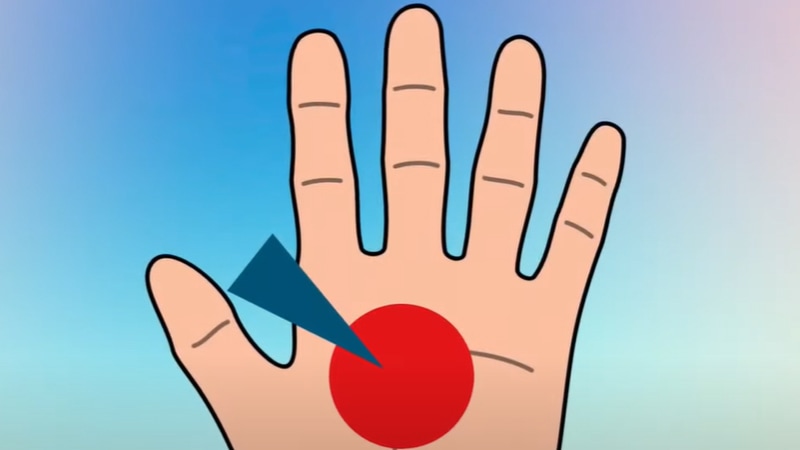Metal shavings can be extremely irritating and painful. They can also be a huge nuisance if you have a pet or small child. You can’t always get them out immediately, but the longer they’re in there, the worse the problem becomes. In this post, we’ll go over how to get metal shavings out of skin and also give you some tips when carrying on this process.
How To Get Metal Shavings Out Of Skin
Metal shaving may be removed at home using one of the numerous ways. In general, the processes for removing a metal shaving are as follows:
- Wash and dry the skin where the splinter is located.
- Use a magnifying glass to identify the size and location of a little splinter.
- If possible, remove the sliver using sanitized tweezers.
- Again, wash and dry the affected area before applying a bandage.
However, the best way to remove a metal shaving will be determined by:
- The location of the metal shaving
- The depth of the metal shaving
- The size of the metal shaving
- The direction of the metal shaving
What are the best ways to remove metal shavings from your skin?

Below are the most common methods for removing a splinter:
Tweezers
Most people will use tweezers to remove a little, easily accessible splinter. Tweezers allow you to squeeze the splinter and draw it out.
This method involves:
- using rubbing alcohol to sanitize the tweezers
- pinching the splinter’s end between the tweezer’s arms
- carefully and slowly removing the splinter
Duct tape
Duct tape is a strong tape that can assist in the removal of a deeper splinter.
A sliver can be removed with duct tape by:
- properly disinfecting the area
- securing the splinter with duct tape
- waiting approximately 30 minutes
- taking the tape off
If this method fails the first time, it is worth trying again.
Needle and tweezers
When the splinter has completely penetrated the skin and no part of the object is visible, a needle may be used to reveal a part of it. After exposing a part of the splinter, they can remove it using tweezers.
A splinter can be removed using a needle and tweezers by:
- using rubbing alcohol to disinfect the tweezers and needle
- using the needle, puncture the skin over the area of the splinter closest to the surface
- pinching the splinter with tweezers and gently pulling it out
Cooling the region with ice wrapped in a small towel may assist in alleviating any discomfort.
Use a solution to get rid of metal shaving
While medical examination is still required, some people attempt soaking the area in a solution to pull out a buried splinter.
Some popular solutions include:
- hydrogen peroxide
- Epsom salt dissolved in water
- baking soda dissolved in water
- lavender oil
- honey
- warm water
A person can try to remove a splinter using one of these methods by:
- soaking the splinter for a few minutes in the solution
- once the splinter has appeared, remove it with a sanitized pair of tweezers
If a splinter is completely beneath the skin, it is usually advisable to visit a doctor to have it removed.
What Happens To Metal Splinters That Don’t Come Out?
If a little splinter is close to the skin’s surface and does not cause discomfort, it is commonly left in. Natural skin shedding will gradually eradicate it over time.
However, if there is pain, skin discoloration, swelling, or pus in the skin around the splinter, it could indicate an infection. In this case, a person should seek medical attention to remove the splinter and treat any infections.
People should remove wood splinters, thorns, spines, and other vegetative foreign objects as soon as possible because they contain compounds that might cause irritation and infection. Splinters made of glass, metal, or plastic are less dangerous.
Wounds carrying foreign objects may contain bacteria that create tetanus, a rare illness that can be fatal if not treated properly. Tetanus symptoms include difficulty opening one’s mouth, severe muscular spasms, and fever.
If a person has had a splinter for more than 10 years, they may require a tetanus booster vaccinationTrusted Source.
Even if a person is up to date on their tetanus vaccine, a doctor may suggest extra therapy with tetanus immunoglobulin (TIG) to treat this sort of lesion in some situations. TIG carries antibodies that kill tetanus bacteria.
Tips When Getting Metal Shavings Out Of Skin

Before opting for a technique of removal, a person should analyze their wound. Consider these followings:
- Is a splinter protruding from the skin?
- Where is the splinter?
- Which way is the splinter going?
Before starting, a person should properly wash their hands with soapy water and disinfect any tools they intend to use, such as tweezers. To avoid infection, always clean the wound after removal.
Use a magnifying glass if one is available to help you view the splinter. A lamp or bright natural light from a window can also be used.
Finally, avoid squeezing or pinching the skin around the splinter. When you apply pressure to the splinter, it may fracture into smaller pieces or push deeper below the surface.
A person should seek medical treatment when:
- the splinter has discoloration surrounding it
- the area swells
- the wound is leaking pus
- the splinter is huge
- the skin is warm to the touch
- the splinter is close to the eye
- the wound is horribly painful
- the splinter is embedded deeply in the skin
Video About How To Get Metal Shavings Out Of Skin
FAQs
How to get metal shavings out of clothes?
You can simply use the tweezer to pull the shaving out since one which sticks on clothes is more accessible.
How to get a splinter out with hot water?
Some individuals soak the skin around a splinter for a few minutes in a solution such as hydrogen peroxide, Epsom salt mixed with water, or baking soda mixed with water to bring it to the surface.
Will metal splinters eventually come out?
They will eventually make their way out through natural skin shedding, or the body may reject them by creating a little pimple that will drain on its own.
References:

I’m Renee L. Bazile, and I’m passionate about health and fitness. Keeping fit and active has always been a passion of mine.
I graduated from Nova Southeastern University with a degree in Exercise Science. I believe being healthy and fit is the key to a happy and successful life.
Over the past ten years, I have trained more than 10.000 clients in the fitness industry. My goal is to help others achieve their fitness goals. The saying goes, “If you don’t use it, you lose it.” Therefore, we all need to exercise regularly to maintain health and fitness.
In 2019, I became an expert on health & fitness topics for ThisIsGuernsey after starting my blog about health & fitness. I relax and rebalance my life by walking, fishing, and blogging in my free time.
